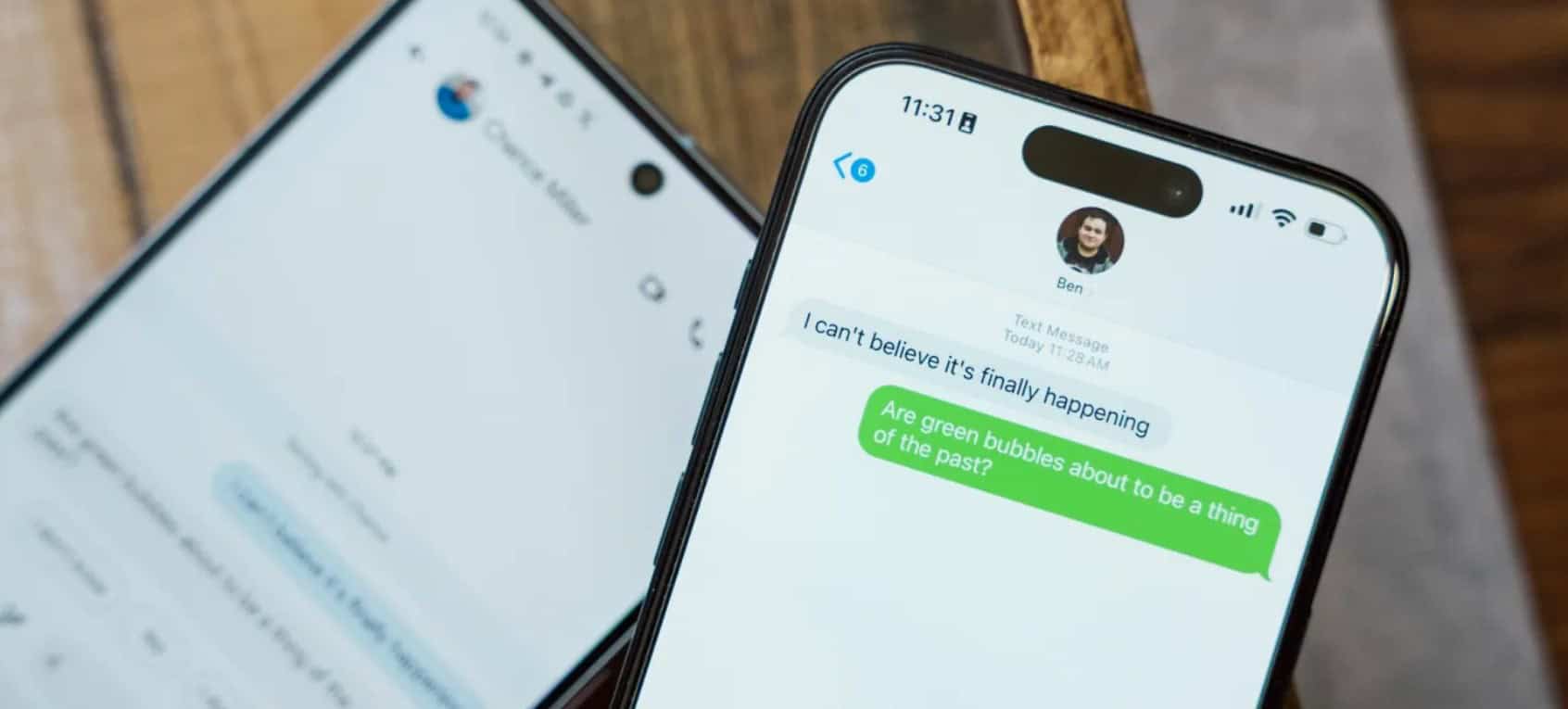With RCS rolling out on the iPhone yesterday, Google is looking ahead on new features including cross-platform end-to-end encryption (E2EE) between Android and iPhone.
The governing GSMA body says the “next major milestone is for the RCS Universal Profile to add important user protections such as interoperable end-to-end encryption.”
“This will be the first deployment of standardized, interoperable messaging encryption between different computing platforms, addressing significant technical challenges such as key federation and cryptographically-enforced group membership. Additionally, users will benefit from stronger protections from scam, fraud, and other security threats.”
— GSMA
Google added today that it’s “working with the broader ecosystem to bring cross-platform E2EE to RCS chats as soon as possible.” The Google Messages app on Android today offers its own E2E encryption for RCS 1:1 and group conversations that does not extend to iPhone chats.
“We’re proud to have offered end-to-end encryption (E2EE) in Google Messages with RCS since 2020. We believe that E2EE is a critical component of secure messaging, and we have been working with the broader ecosystem to bring cross-platform E2EE to RCS chats as soon as possible. Google is committed to providing a secure and private messaging experience for users, and we remain dedicated to making E2EE standard for all RCS users regardless of the platform.”
Last year, Google detailed plans to support the MLS protocol for interoperable E2E encrypted messaging.
When RCS for the iPhone was announced, Apple said it wanted to work with GSMA members on adding encryption to the standard.
Meanwhile, Google separately said it is looking “forward to Apple adding the ability to react to media, reply directly to messages in group chats, and more.” The RCS Universal Profile 2.7 was finalized in June with two new features:
- “enabling Replies and Reactions (including Custom Reactions) to sent and received messages”
- “for the message sender, to Edit, Recall and Delete message that they sent earlier for themselves and the message recipient”

